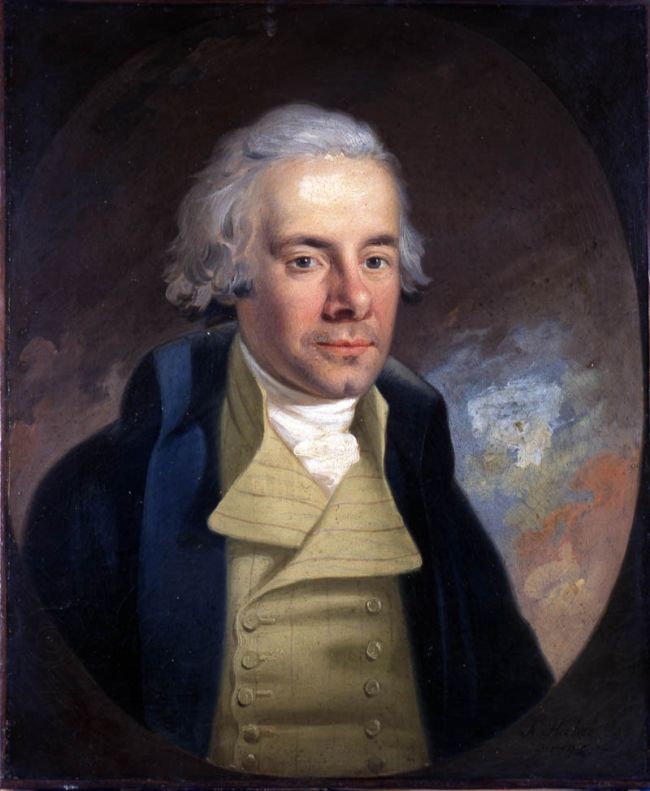
Theodosius I , a/k/a Theodosius the Great, was emperor of the Byzantine Empire from 379 A.D. to 395 A.D. The Byzantine Empire succeeded the Roman Empire in the east after Constantine the Great, the first Christian emperor of the Roman Empire, founded Constantinople. Constantinople would become the heart of Christendom and one of the great cities in history in part because of Theodosius I.
Early in his reign, Theodosius became gravely ill. During that time Theodosius was baptized. Upon recovering he declared himself a Christian who embraced the Nicene Creed. Throughout the rest of his life Theodosius would be a devout follower of Jesus.
Theodosius protected the Church by convening a council which confirmed consubstantiality-the doctrine that the Father and Son were of the same substance-as orthodox and condemned Arianism, which claimed Jesus was created and not coeternal with the Father, as heresy. Since that time, Arianism has never made a serious challenge to orthodoxy in the Church.
Theodosius also protected his people from the cult of paganism. Constantine had ended the persecution of Christians and protected the Church, but he permitted pagans to continue their pagan sacrifices. In 391 A.D., Theodosius closed pagan temples and prohibited public pagan worship. Paganism was never revived in the empire after that.
Theodosius was a man who sought God in all that he did. By 394 A.D. a usurper named Arbogast had arisen in the western part of the empire, set up a man named Eugenius as emperor in the west, and was threatening civil war. On September 5, 394, Theodosius’s army clashed with the army of Eugenius in the Vipava Valley in Italy (see pic above). Theodosius’ army suffered heavy losses.
Continue reading “Kingdom Hero: Theodosius I”



